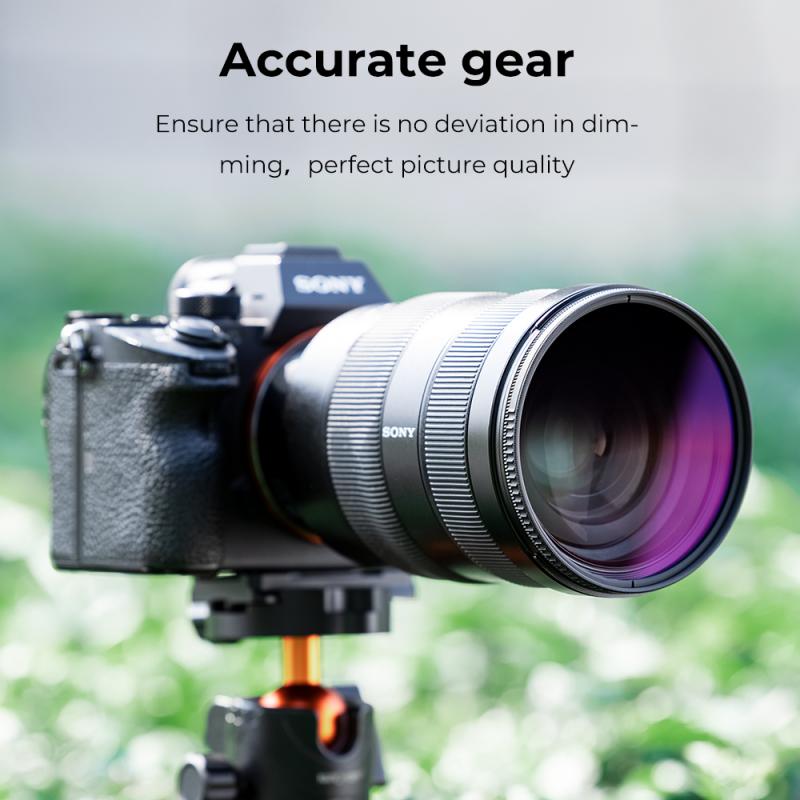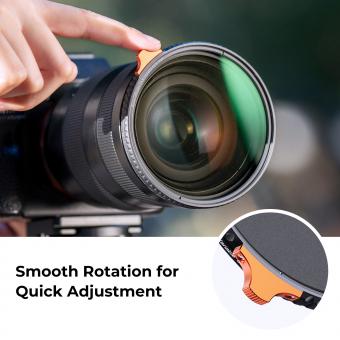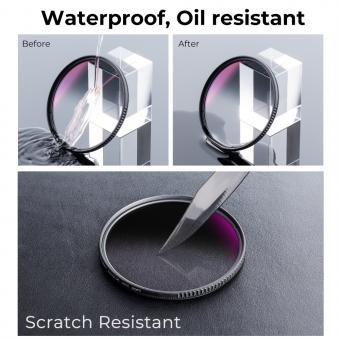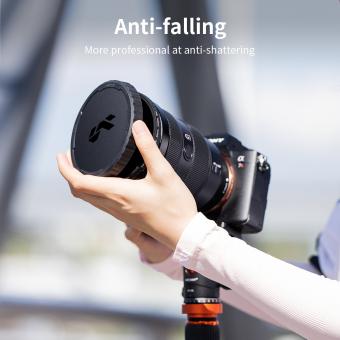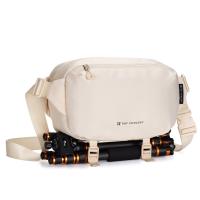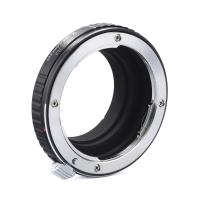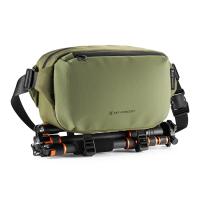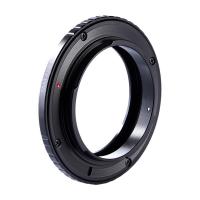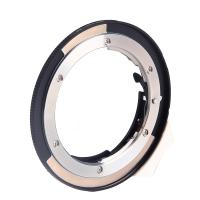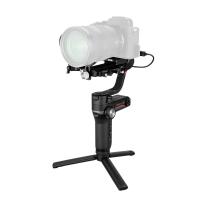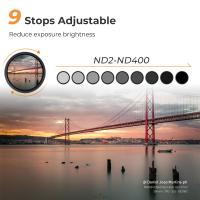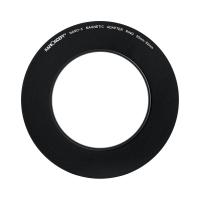What Is An Nd Grad Filter ?
An ND grad filter, short for neutral density graduated filter, is a type of camera filter used in photography. It is typically a rectangular or square-shaped filter that is partially darkened on one half and clear on the other half. The purpose of an ND grad filter is to balance the exposure between the bright sky and the darker foreground in landscape photography. By placing the darkened portion of the filter over the sky, it reduces the amount of light entering the camera, allowing for a more balanced exposure. This helps to prevent overexposure of the sky while properly exposing the foreground. ND grad filters come in different strengths, allowing photographers to choose the appropriate level of darkness for their specific needs.
1、 Definition and Purpose of ND Grad Filter in Photography
An ND Grad filter, short for Neutral Density Graduated filter, is a tool used in photography to balance the exposure between the bright and dark areas of a scene. It is a rectangular or square-shaped filter that is clear at the bottom and gradually darkens towards the top. The purpose of an ND Grad filter is to reduce the amount of light entering the camera lens in specific areas of the image, allowing for a more balanced exposure.
The ND Grad filter is particularly useful in landscape photography, where the sky is often much brighter than the foreground. By placing the darkened portion of the filter over the sky, it helps to reduce the brightness of the sky and bring it closer to the exposure level of the foreground. This helps to retain detail in both the sky and the foreground, resulting in a more evenly exposed image.
The latest point of view on ND Grad filters is that they are still widely used by photographers, especially those who prefer to capture scenes in-camera rather than relying heavily on post-processing techniques. While advancements in digital editing software have made it possible to achieve similar effects in post-production, many photographers still prefer the convenience and control offered by using ND Grad filters during the actual capture of the image.
In conclusion, an ND Grad filter is a valuable tool in photography that helps to balance the exposure between bright and dark areas of a scene. It is particularly useful in landscape photography to retain detail in both the sky and the foreground. Despite advancements in post-processing techniques, many photographers still find ND Grad filters to be an essential part of their toolkit.
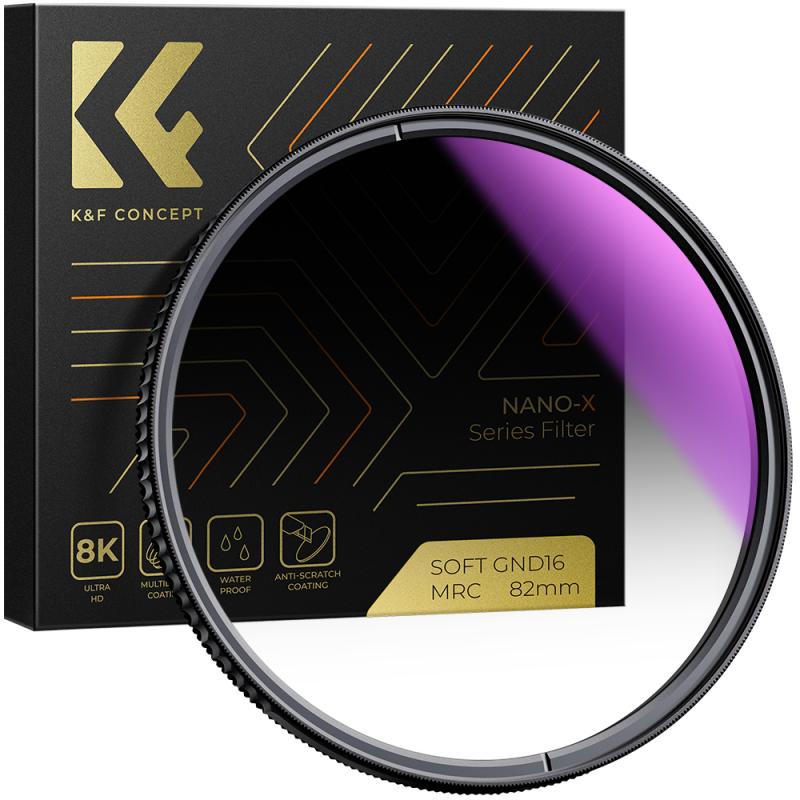
2、 Types of ND Grad Filters: Soft Edge, Hard Edge, Reverse
An ND grad filter, also known as a neutral density gradient filter, is a type of camera filter used in photography to balance the exposure between different parts of an image. It is particularly useful in situations where there is a significant difference in brightness between the sky and the foreground.
The filter is made up of two parts: a clear section and a darkened section. The clear section allows light to pass through without any reduction in intensity, while the darkened section gradually reduces the amount of light passing through. This gradient effect helps to darken the brighter areas of the image, such as the sky, while keeping the exposure balanced in the rest of the scene.
There are several types of ND grad filters available, each with its own characteristics. The most common types include soft edge, hard edge, and reverse grad filters.
Soft edge ND grad filters have a gradual transition between the clear and darkened sections, making them ideal for scenes with a smooth horizon line, such as landscapes. Hard edge ND grad filters, on the other hand, have a more abrupt transition, making them suitable for scenes with a distinct and straight horizon line.
Reverse ND grad filters are a relatively newer addition to the market. They are designed specifically for capturing sunrises or sunsets, where the brightest part of the scene is near the horizon. These filters have a darkened section in the middle, gradually becoming clear towards the top, allowing for a balanced exposure between the sky and the foreground.
In recent years, advancements in digital post-processing techniques have made it possible to replicate the effect of ND grad filters using software. However, many photographers still prefer using physical filters as they provide more control and accuracy during the image capture process.
Overall, ND grad filters are valuable tools for photographers looking to achieve balanced exposures in challenging lighting conditions, and the different types available cater to various shooting scenarios.
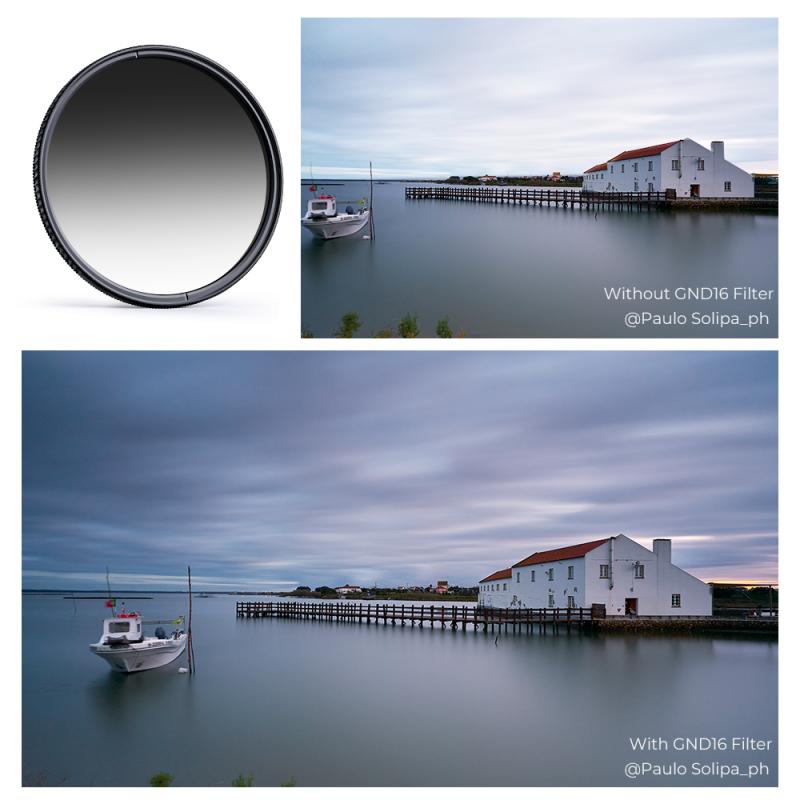
3、 How to Use an ND Grad Filter for Proper Exposure
An ND grad filter, short for neutral density graduated filter, is a tool used in photography to balance the exposure between the bright and dark areas of a scene. It is a rectangular or square filter that is clear at one end and gradually darkens towards the other end. The purpose of this filter is to reduce the amount of light entering the camera in specific areas of the image, allowing for a more balanced exposure.
When photographing a scene with a significant difference in brightness between the sky and the foreground, the camera's sensor may struggle to capture both areas properly. The sky might appear overexposed while the foreground is underexposed. By using an ND grad filter, you can darken the sky portion of the image, bringing it closer in exposure to the foreground.
To use an ND grad filter, you need to attach it to the front of your camera lens or a filter holder system. Position the filter so that the darkened portion covers the brighter area of the scene, typically the sky. The transition between the clear and dark parts of the filter should align with the horizon or any other natural dividing line in the composition.
The latest point of view on using ND grad filters is that they are still a valuable tool for landscape photographers, especially in situations where the dynamic range of the scene exceeds the capabilities of the camera's sensor. However, advancements in post-processing techniques, such as HDR (High Dynamic Range) photography, have provided alternative methods to achieve similar results. Some photographers prefer to blend multiple exposures in post-production rather than using physical filters in the field.
Ultimately, whether to use an ND grad filter or not depends on personal preference and the desired outcome. It is important to experiment with different techniques and tools to find the approach that best suits your style and the specific conditions you are shooting in.
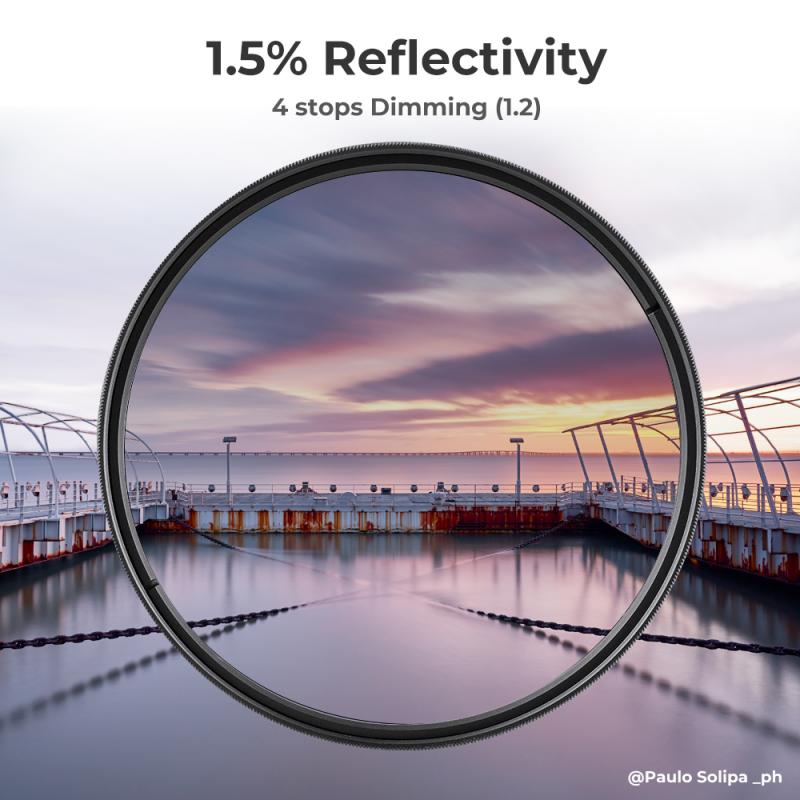
4、 Advantages and Limitations of ND Grad Filters
An ND grad filter, short for neutral density graduated filter, is a type of camera filter used in photography to balance the exposure between the bright and dark areas of a scene. It is typically a rectangular or square-shaped filter that is placed in front of the camera lens.
The main purpose of an ND grad filter is to darken the bright areas of a scene, such as the sky, while keeping the exposure balanced with the darker areas. This helps to prevent overexposure in the highlights and allows for better detail and color rendition in both the bright and dark areas of the image.
Advantages of using an ND grad filter include:
1. Exposure control: ND grad filters allow photographers to have more control over the exposure in high-contrast scenes, such as landscapes with a bright sky and darker foreground. By darkening the sky, the filter helps to balance the exposure and retain detail in both areas.
2. Reduced post-processing: By using an ND grad filter, photographers can achieve a more balanced exposure in-camera, reducing the need for extensive post-processing adjustments.
3. Better dynamic range: ND grad filters help to expand the dynamic range of the camera, allowing for a greater range of tones to be captured in a single exposure.
Limitations of ND grad filters include:
1. Fixed transition line: ND grad filters have a fixed transition line between the dark and clear areas. This can sometimes result in unnatural-looking transitions, especially in scenes with irregular horizons or objects that extend into the sky.
2. Limited adjustment range: ND grad filters come in different strengths, but their adjustment range is limited. In some extreme high-contrast situations, the filter may not be able to fully balance the exposure.
3. Requires careful positioning: Proper positioning of the ND grad filter is crucial to achieve the desired effect. It may require some trial and error to find the right placement for each specific scene.
In recent years, advancements in digital photography and post-processing techniques have provided alternative methods to achieve similar results without the need for physical filters. Techniques such as exposure blending and HDR imaging have gained popularity, offering more flexibility and control in balancing exposures. However, ND grad filters still remain a valuable tool for photographers who prefer to achieve the desired effect in-camera and minimize post-processing.
